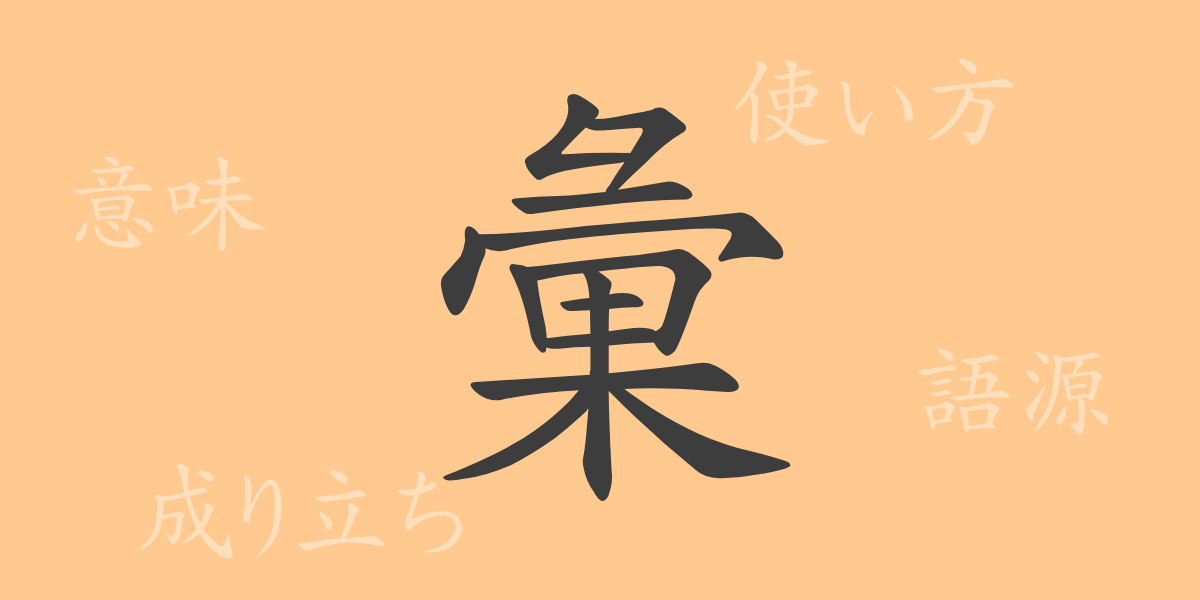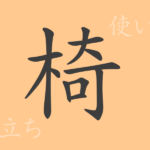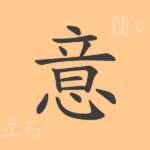“
The depth of meaning in each Kanji character is one of the charms of the Japanese language. This article spotlights the Kanji ‘彙’ (I), a common character in Japanese that may not be widely recognized for its origins and meanings. We will explore everything from its development to its meanings, usages, and even the phrases and proverbs related to it, diving deep into the world of ‘彙’ to appreciate the depth of the Japanese language.
Origins of 彙 (I)
The kanji ‘彙’ originated in ancient China. It is formed from ‘彑’, representing a head, and ‘鬼’, symbolizing a type of collection, illustrating the concept of many things coming together into one entity. This character was introduced to Japan along with the spread of kanji culture, evolving uniquely within the Japanese language and culture.
Meaning and Usage of 彙
‘彙’ means ‘to gather similar things into one group’, and also implies ‘comprehensive’ or ‘collection’. For example, ‘語彙’ (Goi) refers to a collection of words, and the character is typically used to denote a collection or entirety of something. It is often found in specialized terminology and academic contexts.
Readings, Stroke Count, and Radical of 彙
Understanding the readings and structure of ‘彙’ is crucial:
- Readings: On’yomi (Sino-Japanese reading) is ‘イ’, with no specific kun’yomi (native Japanese readings).
- Stroke Count: ‘彙’ consists of 13 strokes.
- Radical: The radical is ‘彐’ (Keihen).
Phrases and Idioms Using 彙
Phrases and idioms containing ‘彙’ typically relate to the concept of gathering or compiling. Examples include:
- ‘語彙’ (Goi) – Vocabulary, a collection of words.
- ‘植物彙’ (Syokubutui) – A compendium of plants, referring to a collection of plant species.
- ‘彙報’ (Ihou) – A comprehensive report or collection of materials on a specific topic, often used in official documents.
Summary of 彙
Through this article, we have gained a deeper understanding of the kanji ‘彙’, its meanings, uses, and cultural significance. Although ‘彙’ may not frequently appear in everyday Japanese, the significance of this single character in aggregating meanings highlights the richness of the language. Paying attention to the contexts in which ‘彙’ is used will further enhance our understanding of Japanese.
“

























